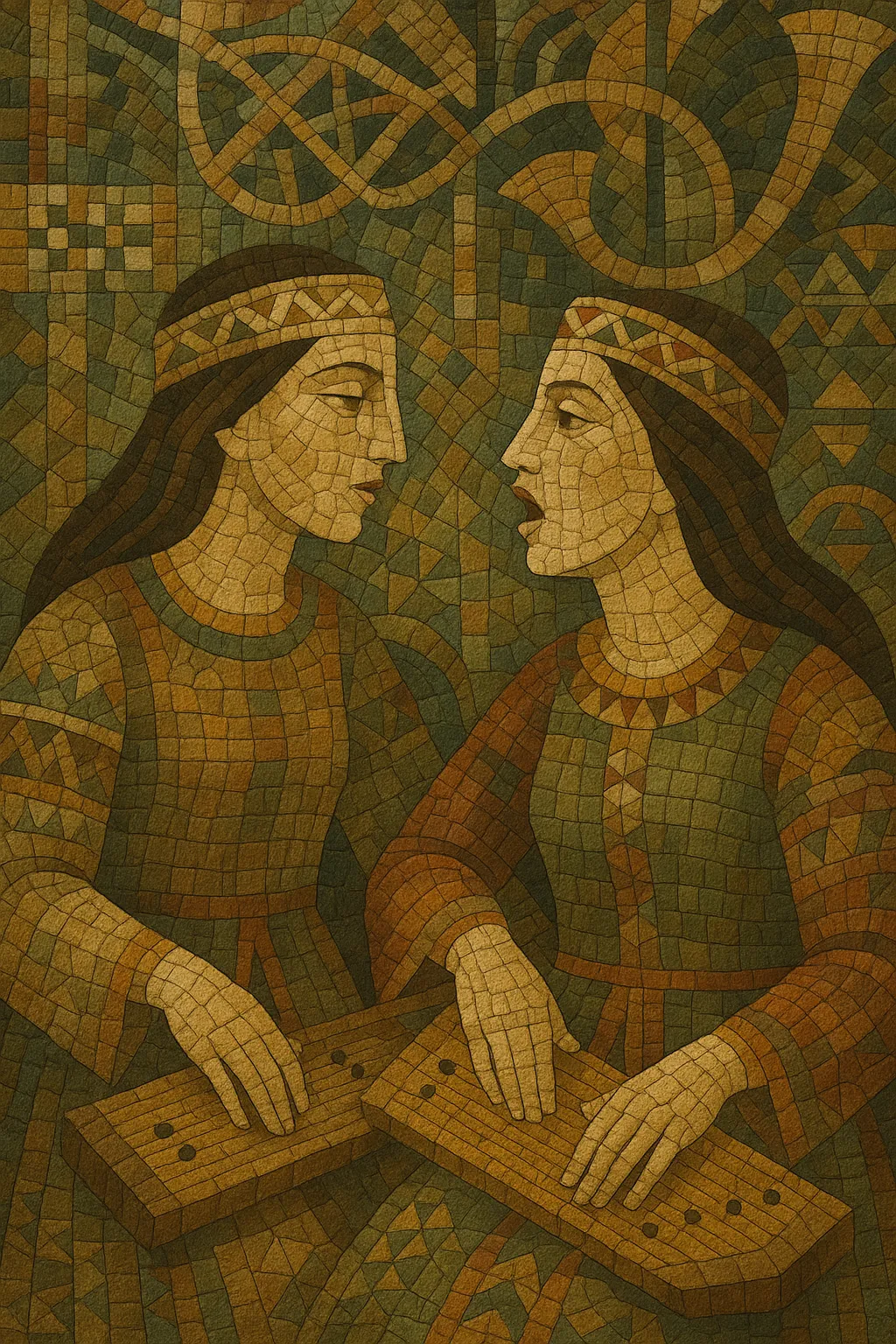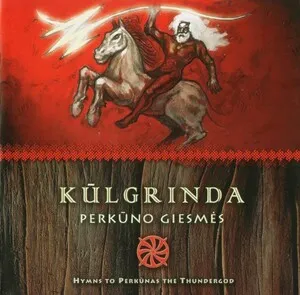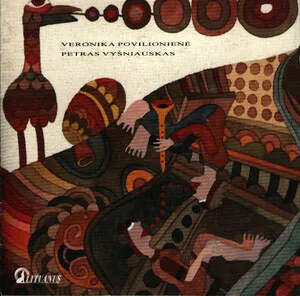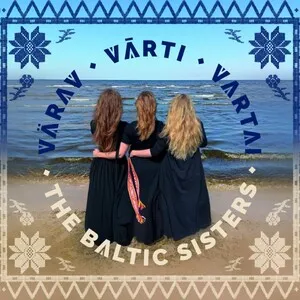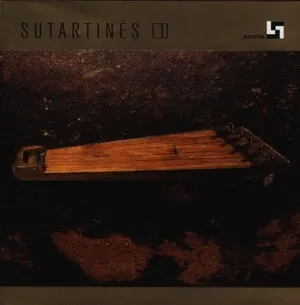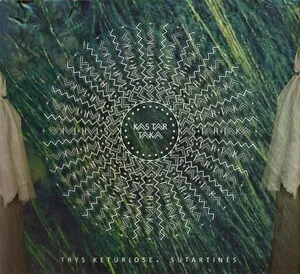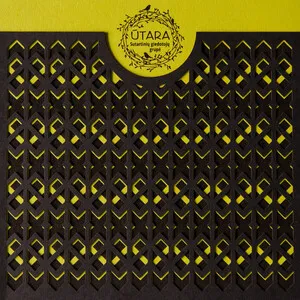Sutartinės are ancient Lithuanian multipart songs characterized by tightly interlocking voices, canon-like entrances, and striking dissonances (especially seconds) that resolve through stepwise motion. They are traditionally performed by small groups (often two to four women) and can also be rendered instrumentally on skudučiai (end-blown panpipes), ragai/daudytės (wooden horns), or kanklės (zither).
The genre features short, repetitive melodic formulas, narrow-range modal lines, and a pulsating, steady beat that supports round-dance movement. Texts span calendar-cycle rituals, work, nature, weddings, and playful themes, frequently using vocables and refrain syllables. Sutartinės are organized in types—dvejinės (in twos), trejinės (in threes), and keturinės (in fours)—and rely on hocketing and ostinati to create a hypnotic, shimmering texture. In 2010 they were inscribed on UNESCO’s Representative List of the Intangible Cultural Heritage of Humanity.
Sutartinės arose in northeastern Lithuania (notably the Aukštaitija region) as part of pre-Christian agrarian and calendar-cycle traditions. Their functions included marking work processes, weddings, communal festivities, and ritual observances. The practice developed orally, with melodies carried by women’s singing groups who maintained local variants.
From the 19th century onward, folklorists began to notate and collect sutartinės, preserving hundreds of examples and describing their distinctive counterpoint, narrow-range modes, and interlocking patterns. Ethnomusicologists later formalized the typology—dvejinės, trejinės, keturinės—and distinguished vocal forms from instrumental variants on skudučiai and horns.
During the 20th century (including the Soviet era), staged folk ensembles helped sustain performance practice, albeit in curated contexts. Lithuanian composers—in particular Bronius Kutavičius and others—drew inspiration from the genre’s cyclical ostinati and additive structures, connecting sutartinės aesthetics to contemporary minimalist and ritualistic concert music.
In 2010, sutartinės were inscribed on UNESCO’s Intangible Cultural Heritage list, catalyzing renewed community transmission, workshops, and ensemble activity. Today the genre thrives in folklore groups and in creative fusions with world/neo-folk scenes, while remaining a living communal practice taught in local cultural centers and universities.

